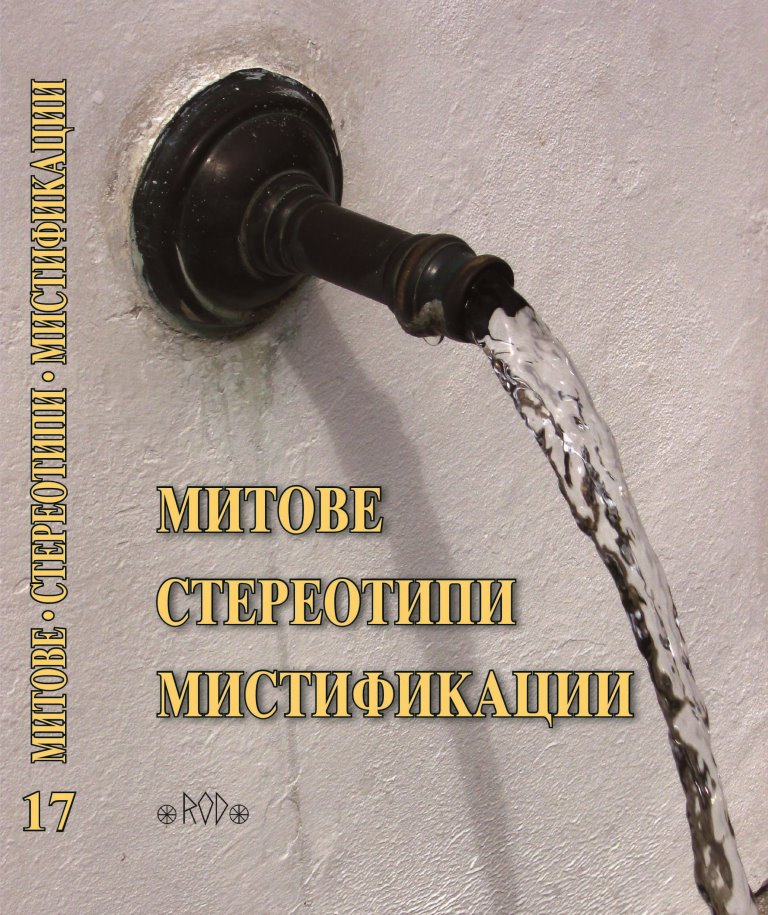Првоповиканиот апостол Андреj или 41. Псалм Давидов
First elevated Apostle Andrew or 41st Psalm of David
Author(s): Julijana IvanovaSubject(s): History, Archaeology, Cultural history, Ethnohistory, History of ideas, Social history, Ancient World, Theology and Religion
Published by: Асоциация за антропология, етнология и фолклористика ОНГЬЛ
Summary/Abstract: In the collection of terracotta reliefs discovered at the archeological site Vinicko Kale located in the museum “Terracotta” in Vinica, there are some specimens that have got characteristics completely different from those of the reliefs in the collection of twelve recognizable motifs that are dated in the Early Christian period or more precisely in the 5–6th century. These reliefs have some early Christian symbols in common which we meet separately or combined as a whole. The biggest preserved specimen is a square plate on which we meet all symbols combined as a whole; the others contain only some of them. The square pate is till now the only and unique one discovered on the territory of the Republic of North Mace¬donia and more widely. There were no more extensive researches of this plate and according to the only scientist who was studying it, professor doctor Kosta Balabanov, this plate “dedicated to the first elevated Apostle Andrew can be considered as the oldest icon in Macedonia”. The plate was discovered during the excavations in 2001–2002 and later in 2008 other broken fragments were found with the motifs which the square plate also has. According to the overall previous examination of the specimens from several aspects, there is another assumption (possibility) that it is 41 Psalm of David and that the plate dates from the period of the second half of the 4th century or with the other terracotta reliefs from the period of 5–6th century. The proofs are some fragments that are not applied on the square base as the plate dedicated to “Apostle Andrew” but as elements for the plates that were used for frieze. The purpose of these plates was most probably decorative and surely religiously educative and represents another proof of profound knowledge of Christian learning in this area during 5–6th century.
Journal: Годишник на Асоциация за антропология, етнология и фолклористика »Онгъл«
- Issue Year: 2019
- Issue No: 17
- Page Range: 335-346
- Page Count: 12
- Language: Macedonian
- Content File-PDF

